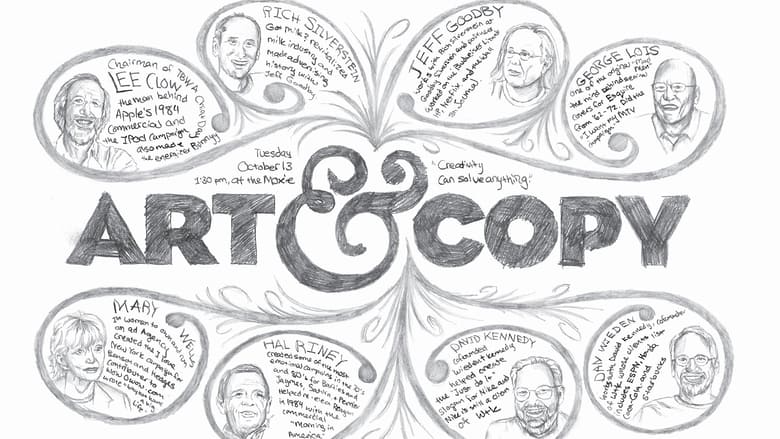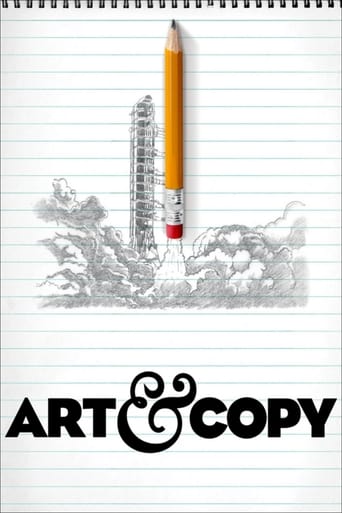
The personal odysseys of some of the most influential advertising visionaries of all time and the stories behind their campaigns.
Similar titles

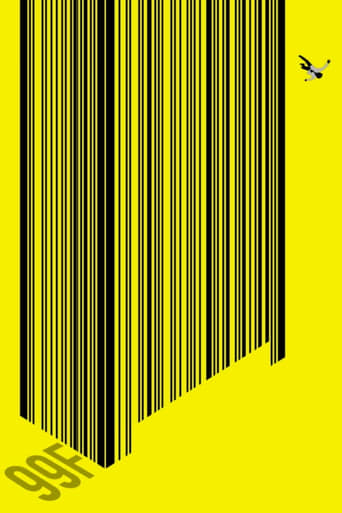
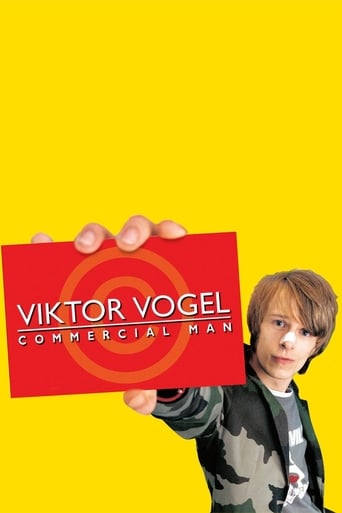
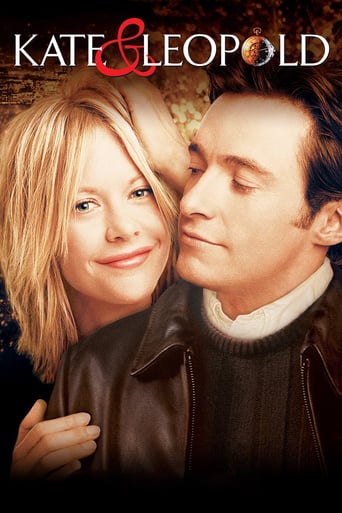

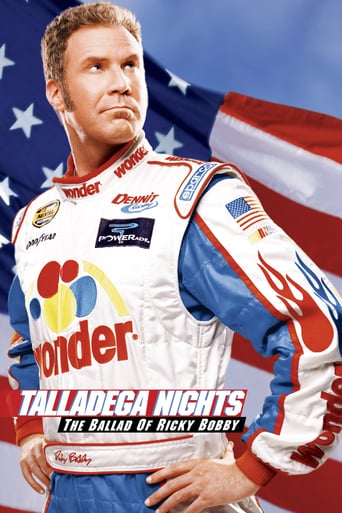

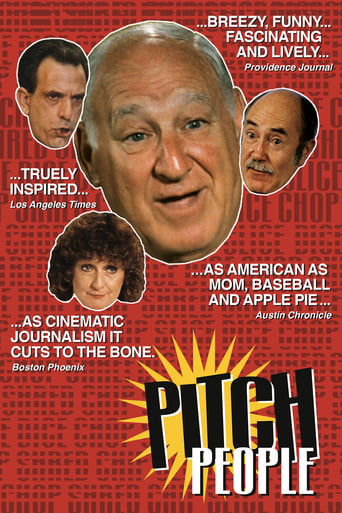
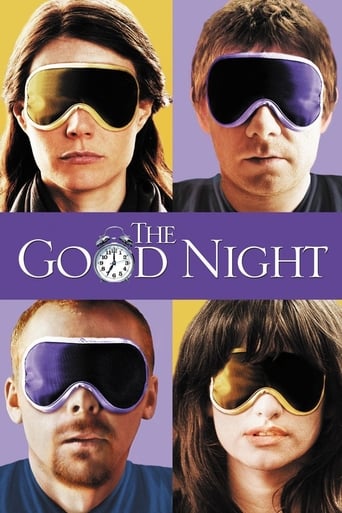

Reviews
Touches You
It’s an especially fun movie from a director and cast who are clearly having a good time allowing themselves to let loose.
It's an amazing and heartbreaking story.
The biggest problem with this movie is it’s a little better than you think it might be, which somehow makes it worse. As in, it takes itself a bit too seriously, which makes most of the movie feel kind of dull.
This film starts off strongly and contains some interesting interviews with some famous and some less well-known admen and women. But aside from brief and half-hearted questioning towards the end of the film, most of the subjects interviewed display the typical pathology of ad industry "creatives": they denigrate their clients for their lack of imagination (Hal Riney says outright that the personality he creates is more important than the product) while presenting themselves as creative artists. Deep down, they know they are whores, and thus they never tire of explaining why they are not.Countless times we are treating to disquisitions on the creative nature of what they do, how it "reaches so many people" and this "at the same time", as if this meant something. Comparisons to the work of Toulouse-Lautrec are made. The suggestion that the work consists in getting people to buy useless products is rebuffed with the argument that it is impossible to get people to do what they don't want to do. Yet many of the subjects boast that they can get people to feel whatever emotion they want and that they can create mass movements out of thin air.While there are occasional inserts of ad-industry data which might or might not shock you (likely not), no consequences are drawn. Many of the interviews are intercut with shots and images that flatter the subjects' self-image as mavericks. If the director has any critical distance on his subjects, it is so well-camouflaged as to be indetectable.Towards the middle of the film, one adman explains that great ads are based on truth, and that people can tell whether you are telling the truth and will react to it. If this film is telling the truth, then Michelangelo missed his calling.
This film is basically various self-important ad folks describing their favourite ad campaigns. It's sort of what you might imagine a reunion episode of The Apprentice might look like (has there been one?) if we pretended these were all serious people. It's also sort of nice nostalgia, seeing the culture that corporate cash has purchased for us (with our money, by overcharging us for products).The film fails in three ways: 1. Failure to show any mediocre or failed campaigns (Nova anyone? New Coke?)2. Failure to reveal ads as the cynical propaganda that they necessarily are, rather pretending that they are some sort of pure art form. It would have been nice to see these folks held accountable for their part in, say, America's obesity epidemic, advertising food -- something we already know we need. Near the end, one talking head actually condemns ads that talk about product features. (Oh the horror!)3. Failure to show those ugly ads that still work (pizza and sex shops for example). Some of the people refer to "bad ads" and such, but no examples or characteristics are really ever given (except actually stating the product features).One shocking and unchallenged statement comes near the end, where one of the guys says that corporations have no way to communicate with people except via ads. Of course, the whole idea is ridiculous. Corporations ARE people (ask your government -- it makes no sense to me) and they have cash which IS speech (again, ask your government -- it makes no sense to me). There is nobody on the planet with MORE ability to communicate than corporations. They do it all the time, by purchasing judges, legislators, laws, regulations, down to the very simple bill they send you every month, their India-based customer "service", and the micro-printed terms of use on their products. They even control OUR communication over this very internet.Anyway, this film is an ad promoting established ad people, and we've (literally!) seen it all before. In the sense that most commercials are (by design) pleasant to watch, it's not a bad way to waste your time. But recognize that it is a waste. 6/10
I love it when the matter and the form align.This is a documentary about the top creative folks in (US) advertising. It traces an explosion of influence from either putting creatives in charge or allowing the graphic/cinema guys to be up front — depending on who is being interviewed. And it is primarily about the interviews with the people who did some pretty memorable things, most notably for Nike and Apple, but interestingly for milk, Volkswagon, Reagan and Hilfiger. The people are engaging because that is their dual business: they have to be engaging in capturing clients and subsequently in capturing the public for those clients.By themselves, the interviews are outstanding, and arranged in a way that first builds a story, then highlights the differences, even contradictory approaches of the competing personalities and firms. Then we have layered on the interviews the ads themselves, which we all know from previous experience. That also is a rewarding experience because it "explains" what we thought we already knew. Layered on that is some infographics: facts about the size and influence of the business. This is less engaging. There are several framing devices. One has a specific billboard worker appearing throughout. Another has the space shuttle slowly advancing toward its pad and at the end taking off to the same uplifting techniques we have just had explained. Also, throughout are some very beautiful shots of landscapes and objects in landscapes, not always relevant but they establish temporal and visual rhythms that tells me that this filmmaker knows his stuff.The interviews put some of the obvious things clearly on the table: most ads are junk and harmful to the imagination; the manipulation behind the most successful work has moral dimensions. While these are profound issues, they are glibly explained away by people who are professions at justifying themselves. This could easily have been one of those tsk tsk stories that we have about food, medicine and the defense industry, where society is destroyed for profit. Instead, this celebrates advertising as art, perhaps real art; perhaps the only real art.The fold here is that the business of advertising advertises itself. In a sense, that is what we have here, and it works. Whether you will leave happy or not is up to you. But either way, you will likely wonder about it for a long time.Ted's Evaluation -- 3 of 3: Worth watching.
For anyone who has either made a grab for the remote control whenever one of those annoying advertisements appear on television,this film may (or may not)interest you. Behind those thirty,or sixty second exercises in video bombast,there are the persons who are responsible (or guilty)for putting them there in the first place. Documentary film maker Doug Pray (Hype,Red Diaper Baby,etc.)directs this informative (and at times,very funny) open window on the talking heads who are behind all of this wretched excess. In a space of 89 minutes,we see the likes of Liz Dolan (a former marketing chief at Nike,who reveals the creepy origins of their catch phrase,"Just Do It"),Dan Wieden,Jeff Goodby,and especially the outspoken George Lois, among others,speak their individual minds on the ins & outs of the advertising business (so now you know who's photograph to toss darts at). In addition to television & radio ads,we also get to know about other aspects of the advertising game (billboards,which I generally consider,for the most part,an eye sore,not to mention magazines & newspapers,etc.). Don't get me wrong---I know that products need to get the word out,but they could be done a bit more tactfully (I've always considered European advertising's approach of a whisper gets more attention than a shout--just watch some of the television advertisements that appear on European television the next time you're over there). This is a documentary that is easy to like, dealing with a subject that some (most?) of us love to hate. Not rated by the MPAA,but contains strong language. Maybe not a good choice for little tykes that are learning to talk (you probably would not want them to blurt out some of the stuff that tumbles out of the mouth of George Lois in mixed company)
Top Streaming Movies











